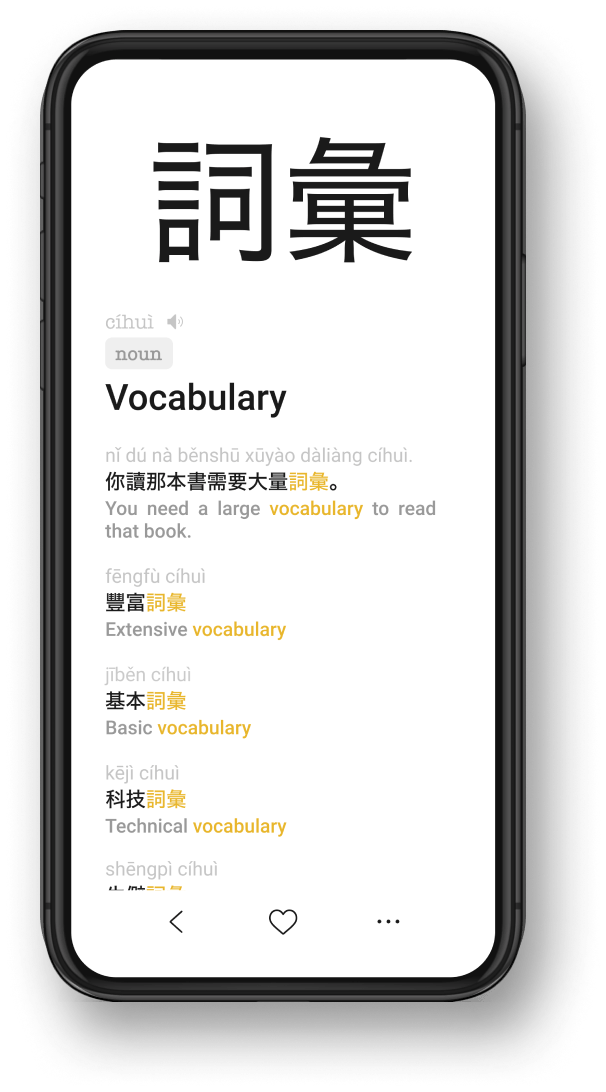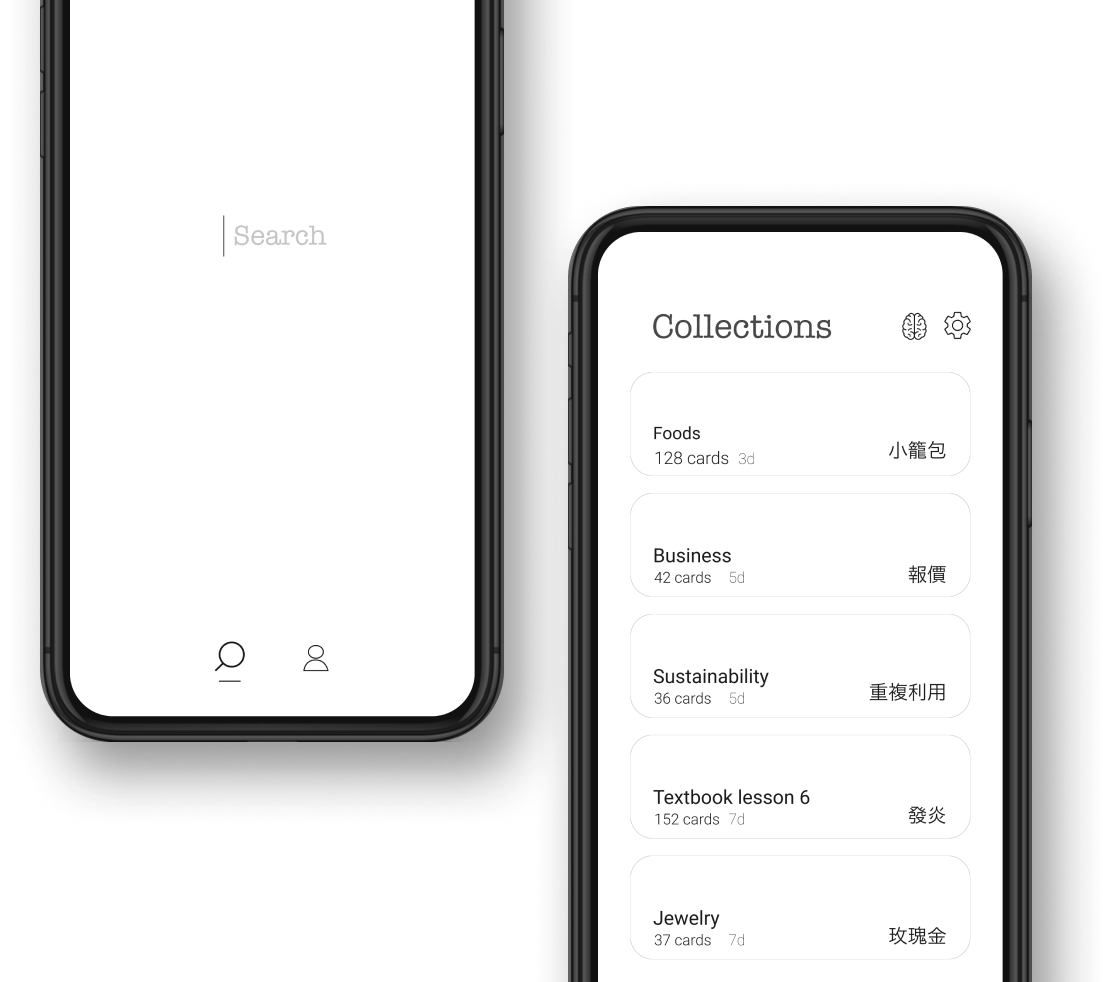While Mandarin is the official language of Taiwan, Hokkien also plays a vital role in the island's linguistic landscape. Understanding how each language is used can help you navigate daily life in Taiwan more effectively.
Mandarin in Taiwan
Mandarin is the lingua franca used in schools, media, and government. However, the Mandarin spoken in Taiwan has its own unique flavor compared to the Mandarin used in Mainland China. One of the most noticeable differences is the use of traditional Chinese characters in Taiwan, whereas Mainland China uses simplified characters. Now, that doesn't mean the scripts are completely different; they share the same origin. But simplified characters have gone through a process of simplification during the 1950s in Mainland China, while Taiwan kept the traditional characters.
Pronunciation and Vocabulary Differences
The overall accent in Taiwan tends to be softer and has its own distinct intonation patterns. If you've ever traveled between Taiwan and Mainland China, you might have noticed some differences in vocabulary. For instance, the word for "trash" is pronounced "lèsè" (垃圾) in Taiwan, but in Mainland China, it's "lājī." Despite these minor differences, people from both regions can understand each other without any trouble.
Taiwanese Hokkien
Beyond Mandarin, Taiwanese Hokkien is widely spoken across the island. This language, rooted in the Min Nan dialect from China's Fujian province, has been shaped by Taiwan's own history and culture over the centuries. Taiwanese Hokkien has its own pronunciation, vocabulary, and grammar, making it quite different from Mandarin. It's commonly used among the older generation, but it can also be found in TV shows and movies.

Taiwanese Hokkien isn't typically taught in schools, but it's passed down through generations in families and communities. You'll often hear it in markets, local eateries, and in Taiwanese dramas and music. While it's written using Chinese characters, some words don't have standard characters and may be represented using phonetic scripts or special characters unique to the dialect.
Cultural Significance
The way Mandarin and Taiwanese Hokkien coexist in Taiwan goes beyond just language differences; it reflects the island's unique history and culture. By learning some Taiwanese Hokkien, you can get a deeper understanding of local customs connect more easily with locals.
Tips for Learners
If you're learning Chinese and are interested in Taiwan, here are some tips to help you navigate the linguistic landscape:
- Focus on Traditional Characters: Since Taiwan uses Traditional Chinese characters, it's beneficial to study them if you plan to visit the island. Luckily, our website and app support both scripts!
- Listen to Taiwanese Media: Watching Taiwanese dramas, news, or listening to local music can help you get used to the accent and vocabulary differences.
- Learn Common Phrases in Taiwanese Hokkien: Simple greetings or expressions can go a long way in connecting with locals during your night market food adventures!
Conclusion
Taiwan is a great destination, whether you're a language enthusiast or a traveler eager to explore the island. The local dialect and culture have been shaped over time by Taiwan's history. Whether you are learning simplified characters or standard Mandarin, Taiwan is amazing, and the Taiwanese people will make you feel welcome.

